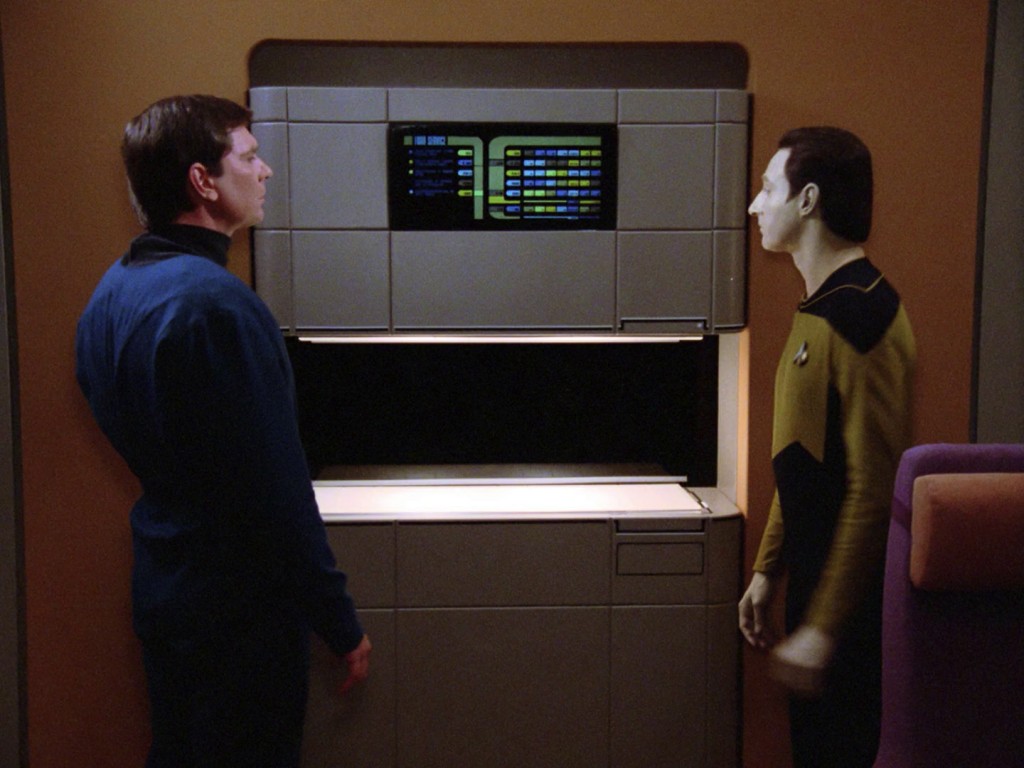Once described as the hydrogen bomb of cyber wars, quantum computing is the most complex thing that i have ever come across. Even Neils Bohr, the once re-known nuclear physicists, admitted that "Anybody who is not shocked by quantum theory has not understood it."
Quantum computers process data in 'quibit' thus are more faster and efficient that normal computers. This is mostly necessary when dealing with data security and encryption.
Well, Samsung already sold more than 10 million devices and think $60 is too much for a video game? Then you probably can’t afford the ‘BAC Mono Edition’ of Codemasters' upcoming racer, Grid 2. Lucky for you the shipment is free. My homeland Kenya did it again, we recently unveiled our first computer tablet produced by Noris Technologies. And finally NASA has invested more money into building of a quantum computer. To confuse me even further they decided they can even Print food in 3D. this comes after Systems and Material Research Corporation (SMRC) in Austin Texas have been given a grant of $125,000 to develop 3D printed food for astronauts.
You could ask why, what’s wrong with dehydrated mac and cheese? Well there are numerous challenges to feeding and hydrating the residents of somewhere like the International Space Station. For one, there is limited space. There are also no refrigeration facilities. Currently shuttles are stocked with enough food to last the full length of the mission, plus extra should they encounter any emergencies. This is fine for short missions but it becomes more of an issue when the shuttle will be in orbit long term.The challenge for SMRC is to produce a prototype that can “synthesise” healthy and tasty food that will beat the dehydrated meals currently eaten by the astronauts. The plan is to use a combination of 3d printing, which will provide macronutrients (carbohydrates, protein and fat needed for calories or energy) and inkjet printing, which will provide the flavour, smell and micronutrients (vitamins and minerals).
In order to make sure the food actually tastes and smells of what it is supposed to be, SMRC are also working along with the food science program at North Carolina State University. Who knows maybe it will receive a Michelin Star! If this works, then there will be no need to take along full pre-packed meals. Instead they will be able to take just generic or basic ingredients which can then be printed into a meal.

Quantum computers process data in 'quibit' thus are more faster and efficient that normal computers. This is mostly necessary when dealing with data security and encryption.
Well, Samsung already sold more than 10 million devices and think $60 is too much for a video game? Then you probably can’t afford the ‘BAC Mono Edition’ of Codemasters' upcoming racer, Grid 2. Lucky for you the shipment is free. My homeland Kenya did it again, we recently unveiled our first computer tablet produced by Noris Technologies. And finally NASA has invested more money into building of a quantum computer. To confuse me even further they decided they can even Print food in 3D. this comes after Systems and Material Research Corporation (SMRC) in Austin Texas have been given a grant of $125,000 to develop 3D printed food for astronauts.
You could ask why, what’s wrong with dehydrated mac and cheese? Well there are numerous challenges to feeding and hydrating the residents of somewhere like the International Space Station. For one, there is limited space. There are also no refrigeration facilities. Currently shuttles are stocked with enough food to last the full length of the mission, plus extra should they encounter any emergencies. This is fine for short missions but it becomes more of an issue when the shuttle will be in orbit long term.The challenge for SMRC is to produce a prototype that can “synthesise” healthy and tasty food that will beat the dehydrated meals currently eaten by the astronauts. The plan is to use a combination of 3d printing, which will provide macronutrients (carbohydrates, protein and fat needed for calories or energy) and inkjet printing, which will provide the flavour, smell and micronutrients (vitamins and minerals).
In order to make sure the food actually tastes and smells of what it is supposed to be, SMRC are also working along with the food science program at North Carolina State University. Who knows maybe it will receive a Michelin Star! If this works, then there will be no need to take along full pre-packed meals. Instead they will be able to take just generic or basic ingredients which can then be printed into a meal.

No comments:
Post a Comment
What do you think?